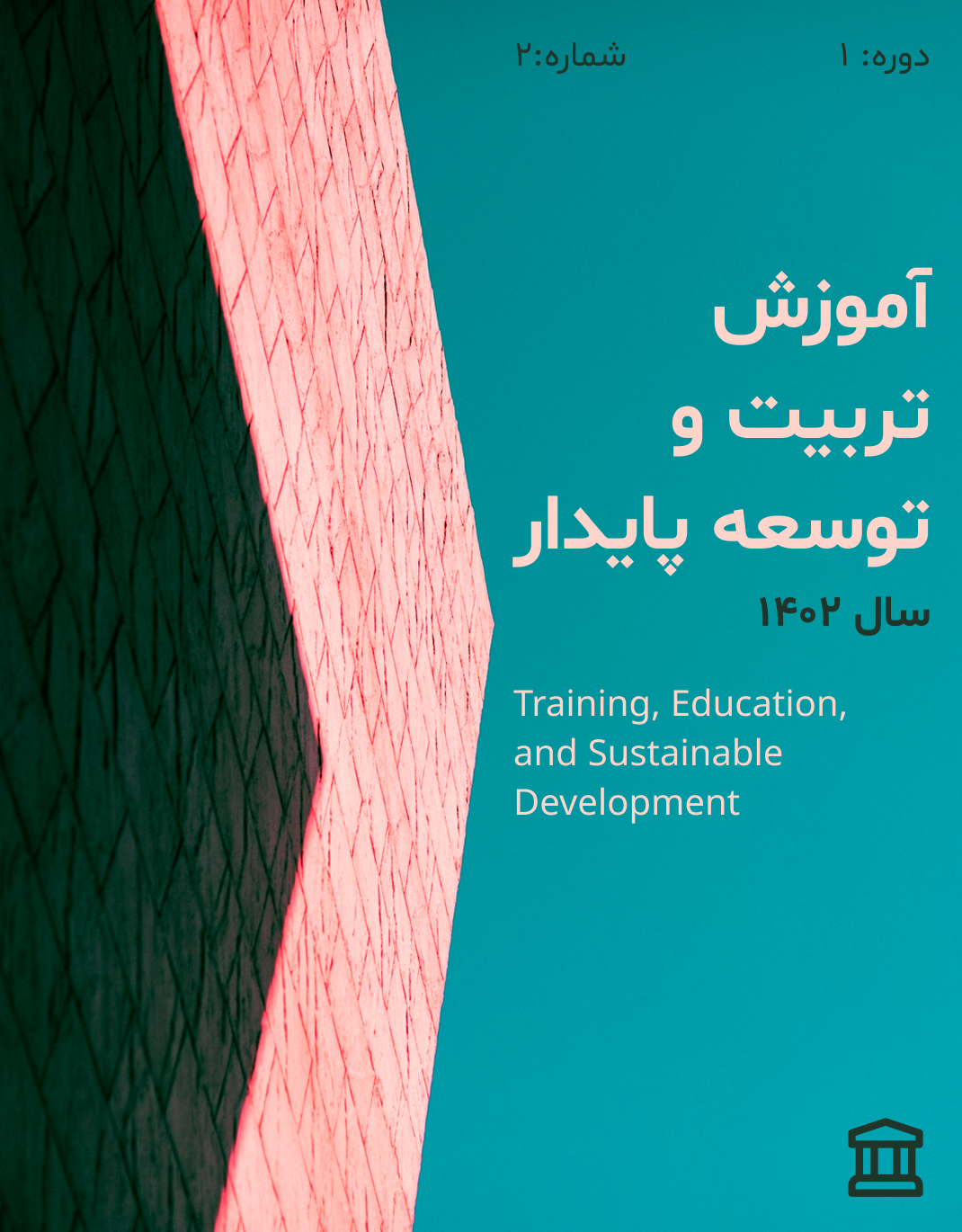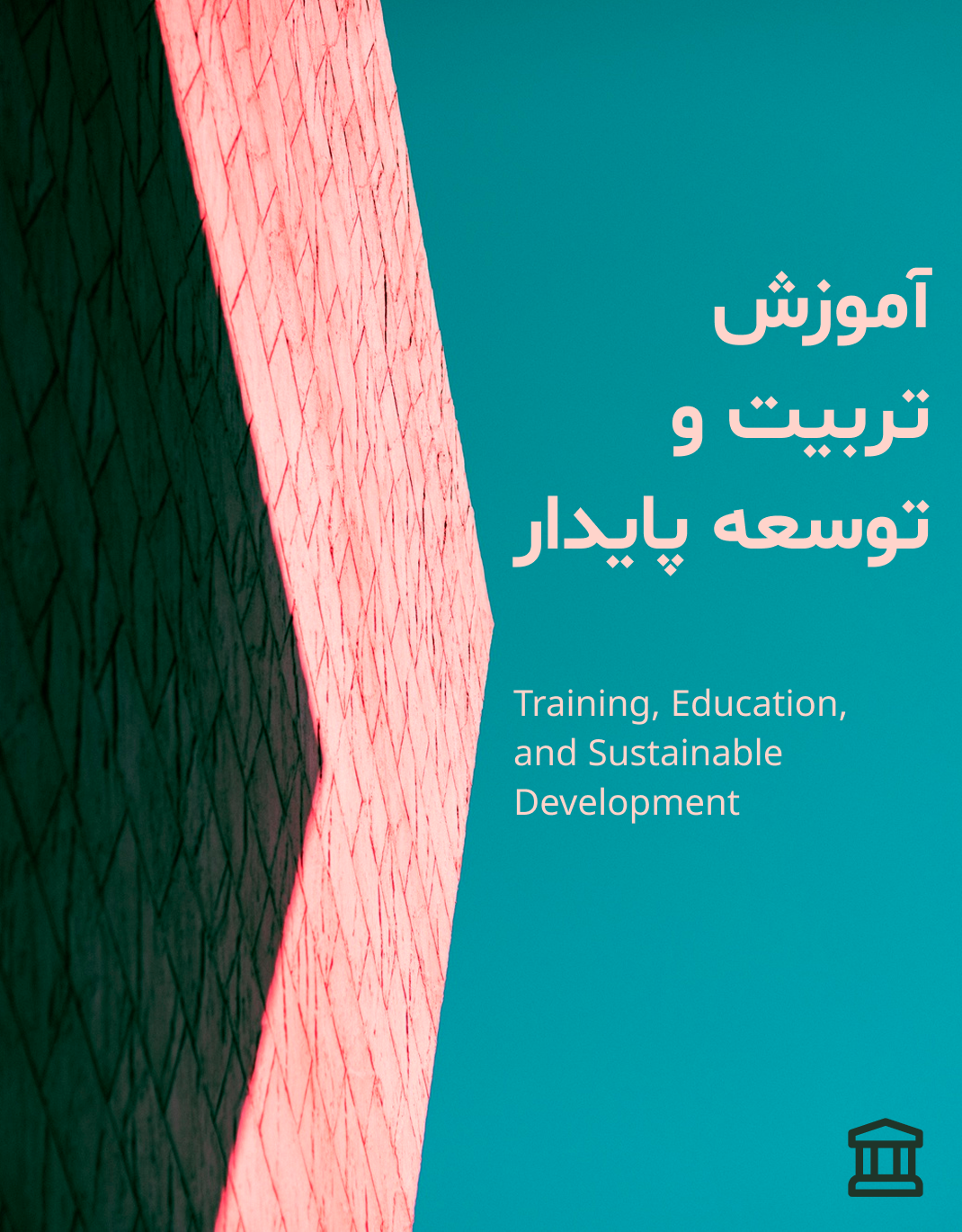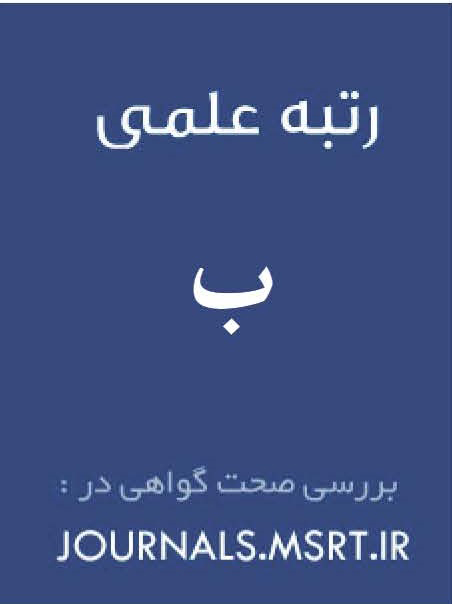واکاوی نقش برنامه درسی پنهان در انتقال ارزشهای تربیتی
کلمات کلیدی:
برنامه درسی پنهان, ارزشهای تربیتی, تعاملات مدرسه, ساختار قدرت, آموزش متوسطهچکیده
هدف این پژوهش واکاوی نقش برنامه درسی پنهان در انتقال ارزشهای تربیتی در مدارس متوسطه شهر تهران است. پژوهش حاضر با رویکرد کیفی و با استفاده از طرح پدیدارشناسی تفسیری انجام شد. مشارکتکنندگان شامل ۲۲ نفر از معلمان، مدیران، مشاوران و دانشآموزان مدارس متوسطه شهر تهران بودند که بهصورت هدفمند و بر اساس نمونهگیری نظری انتخاب شدند. دادهها از طریق مصاحبههای نیمهساختاریافته گردآوری شده و تا رسیدن به اشباع نظری ادامه یافت. تحلیل دادهها با روش تحلیل مضمون و با استفاده از نرمافزار Nvivo انجام شد. تحلیل دادهها منجر به استخراج سه مقوله اصلی شامل «تعاملات اجتماعی مدرسه»، «ساختار رسمی و غیررسمی مدرسه» و «باورها و نگرشهای نهادینهشده» گردید. این مقولات دربرگیرنده مجموعهای از مضامین فرعی مانند روابط قدرت، هنجارهای نانوشته، تبعیض ساختاری، کلیشههای جنسیتی و تلقی سنتی از موفقیت بودند. یافتهها نشان داد که ارزشهایی چون اطاعت، انفعال، رقابت، سکوت و تبعیت، بیشتر از طریق مسیرهای غیررسمی و تعاملات پنهان مدرسه به دانشآموزان منتقل میشوند. برنامه درسی پنهان نقشی بنیادین در شکلدهی به نگرشها، ارزشها و هویت تربیتی دانشآموزان ایفا میکند. برای تحقق اهداف واقعی آموزش و پرورش، لازم است ابعاد پنهان فرهنگ مدرسه و روابط قدرت مورد بازاندیشی قرار گیرد و سازوکارهای تربیتی بهگونهای طراحی شوند که ارزشهایی چون عدالت، تفکر نقاد، احترام و مسئولیتپذیری بهصورت واقعی و پایدار منتقل شوند.
دانلودها
مراجع
Apple, M. W. (2004). Ideology and curriculum (3rd ed.). RoutledgeFalmer.
Bourdieu, P., & Passeron, J. C. (1990). Reproduction in education, society and culture. Sage.
Fallace, T. (2009). The origins of classroom authority: A historical analysis of ideology and practice. Teachers College Record, 111(2), 322–349.
Giroux, H. A., & Penna, A. N. (1983). Social education in the classroom: The dynamics of the hidden curriculum. Theory & Research in Social Education, 11(1), 21–42.
Jackson, P. W. (1968). Life in classrooms. Holt, Rinehart & Winston.
McLaren, P. (2003). Life in schools: An introduction to critical pedagogy in the foundations of education (4th ed.). Allyn & Bacon.



